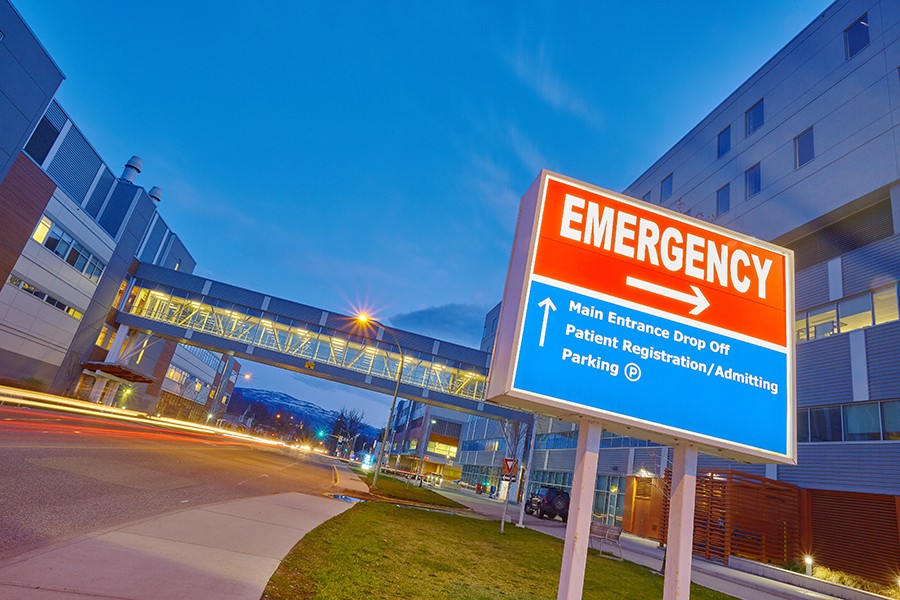An expansion of Medicaid in Maryland under the Affordable Care Act had no meaningful impact on the number of patients treated in emergency departments, Johns Hopkins researchers say.
In a paper published in the Annals of Emergency Medicine, researchers analyzed patient visits at emergency departments across Maryland both for an 18-month period before the Medicaid expansion took effect and an 18-month period afterward using data from the state's Health Services Cost Review Commission.
They found that the number of people covered by Medicaid in Maryland increased by more than 20 percent, or 160,000, while the total number of emergency department visits in the state fell by more than 36,000 during the study period.
"Through the Medicaid expansion, there were some people who believed more patients would choose to go to primary care providers instead of the emergency department, because now they have health coverage," said Eili Klein, assistant professor of emergency medicine in Johns Hopkins University's School of Medicine. "And there were some people who believed that the expansion would swamp the emergency department. Thirty-six thousand may seem like a lot of visits, but in Maryland, that only equates to about a 1 percent change. So the effect of expanding Medicaid seems to have had no effect on emergency department utilization at an aggregate level."
The study also showed that Medicaid-covered visits increased by almost 6 percent, while the number of uninsured patient visits decreased almost 6 percent.
Among uninsured patients who visited an emergency department before the ACA, 37 percent made at least one visit to an emergency department during the post-ACA study period. About 28 percent of those patients remained uninsured for all visits, while 31 percent were consistently enrolled in Medicaid.
"It was unrealistic to expect emergency department visits to decrease immediately after the ACA enactment," said Gabor Kelen, director of the Johns Hopkins Department of Emergency Medicine. "The ACA did not really address incremental primary care access for the newly insured. Many new Medicaid-insured patients are still dealing with serious conditions that require emergency hospital care. Also, a population who could only previously receive care in the emergency department is not likely to immediately change this tendency."
While the ACA did not reduce the burden on emergency departments, researchers say the ACA does have benefits.
"It does protect many patients from expenses of health care services and gives hospitals increased financial security," Klein said.
Posted in Health








